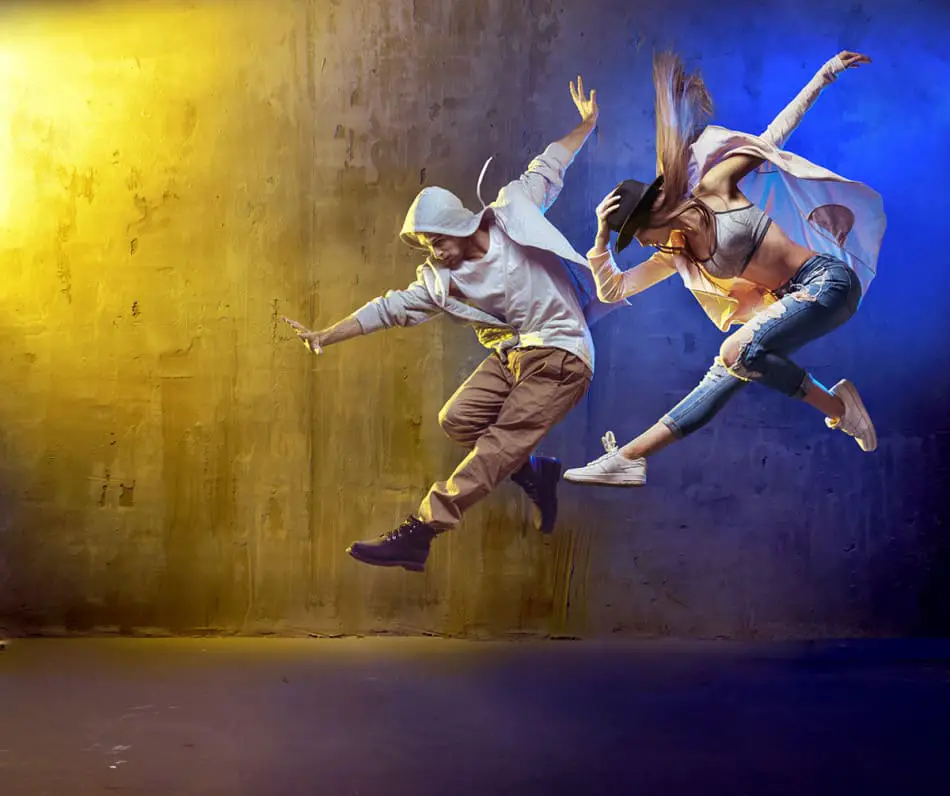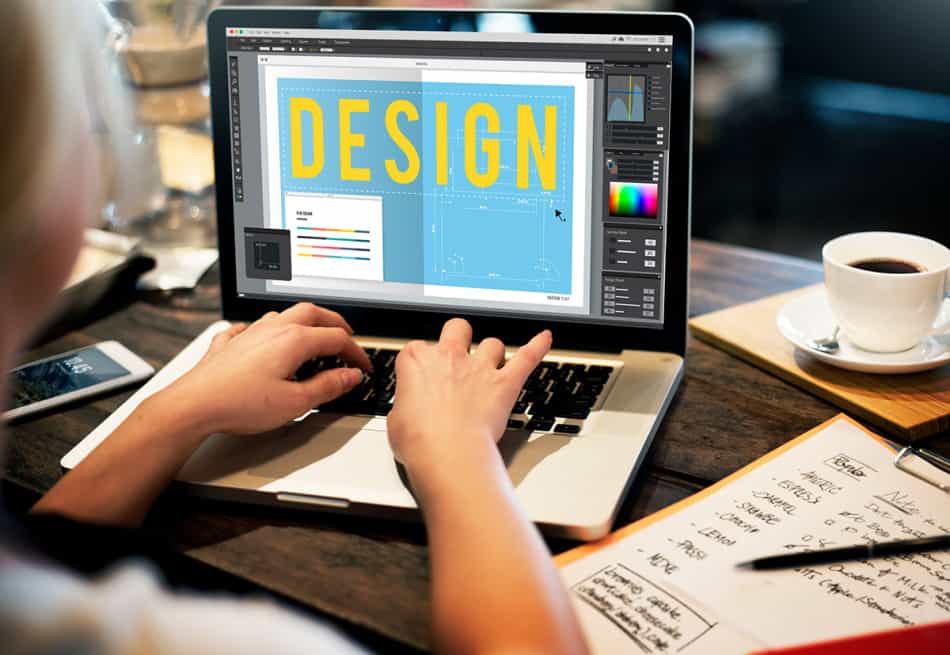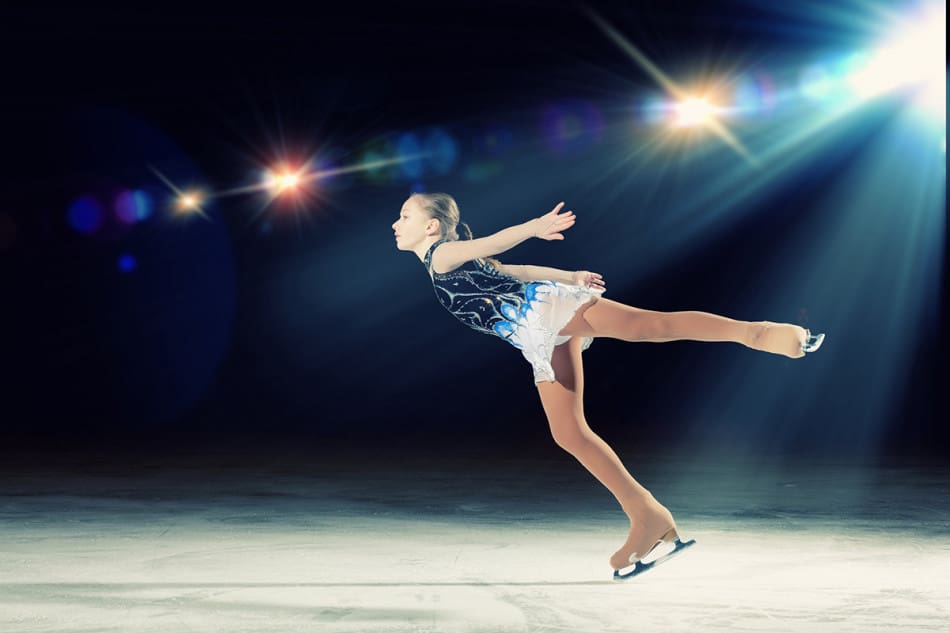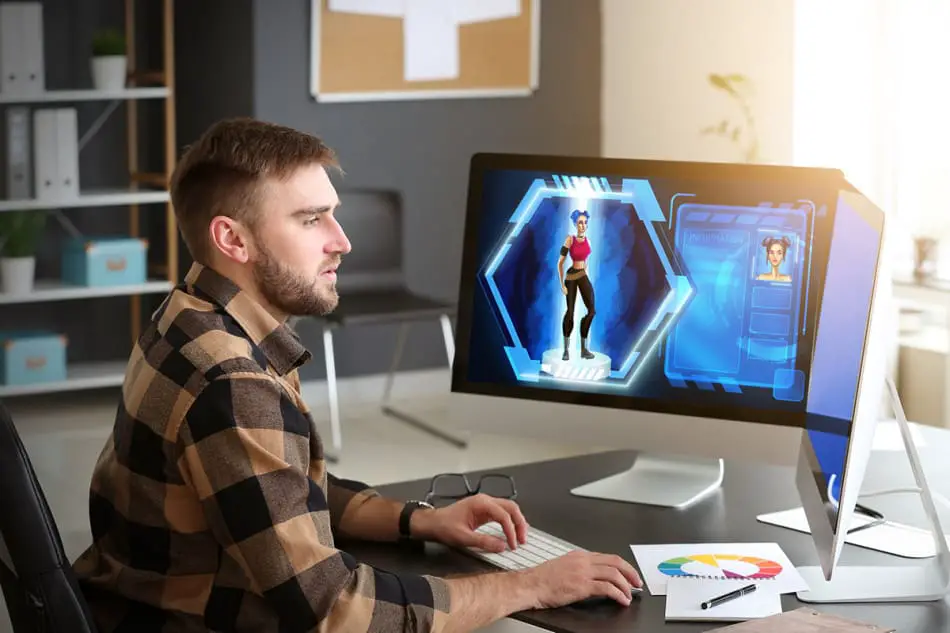Many people love dancing, watching professionals perform smooth moves, and maybe also cheering on friends who can bust a move effortlessly. Dancing is always a wonderful sight to behold. But, it is always a downer when you can’t do those moves like the other guests at a party, especially when the music is just right and all your heart wants to do is get up and hit the dance floor.
Here are the steps you can take to teach yourself how to dance:
- Get in shape.
- Pick a style of dance you’re interested in.
- Follow up with some background research.
- Choose a learning tool.
- Schedule your practice time.
- Stretch and warm-up.
- Observe and start mirroring the moves.
Your inability to dance could be because you never had anyone to teach you or because you live in a place where there are no dance studios, classes, or communities. Regardless, in today’s digital world, you can learn any skill online in no time. And by making use of your phone, mustering determination, and putting in the work, you could be moonwalking in no time.
1. Get In Shape
First and foremost, you need to understand that dancing is an activity that requires movement from every part of your body, your hands, legs, neck, back, head, stomach, and even your toes.
So before you begin any dance lessons, you need to get your body ready and in sync doing several types of exercises. But don’t worry, dancing is a fun activity, so don’t put too much pressure and thought into it.
Just stick with basic exercises that will loosen up your muscles and strengthen your core, which means warm-ups before every lesson is a must. Some basic stretching, sit-ups, planks, and crunches will go a long way to get you in the right shape to tackle those moves.
Picking a fitness app or plan will help you build stamina and boost your morale during the learning process because you’ll be more inclined to continue dancing if you’re in the right shape for it.
Also, you’ll want to get your nutrition plan under control, as what you eat is just as important as what you do to get in shape. Choose proteins, lower-carb veggies, and some fruits for most of your meals. This is a sure way to get the nutrients you need for better health and performance.
2. Pick A Style of Dance You’re Interested In
When you ask most beginners what dance style they would like to learn, a lot of them say, “I just want to learn how to dance.”
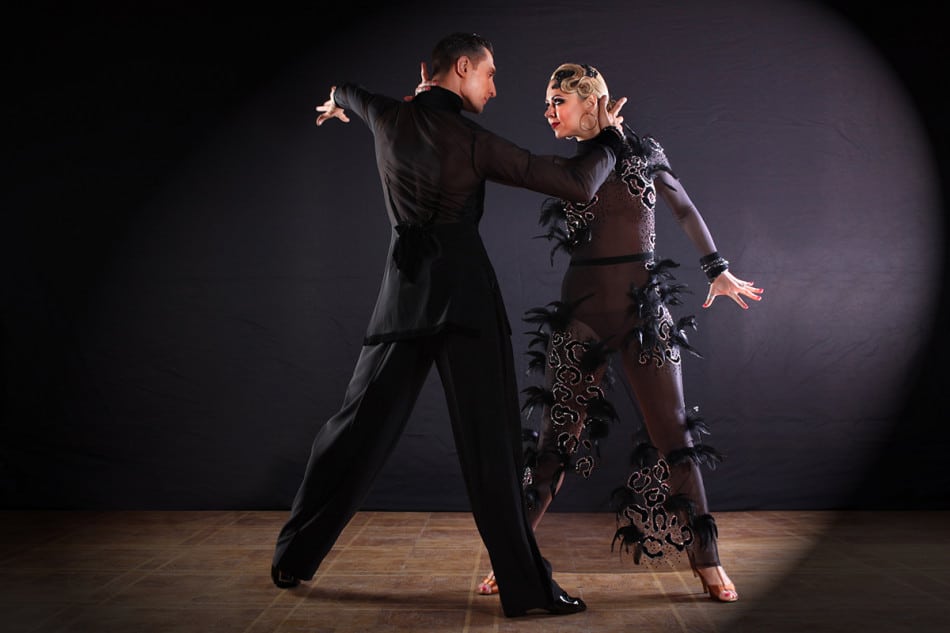
This answer is so generic that it doesn’t help your journey to dance at all. It’s like a high school student saying they want to go to college and get a job afterward. That doesn’t help them pick a major in college, and the same applies to novice dancers.
Having a particular dance style or at least a couple of styles can help you figure out how your lessons will go. Different dance styles have different learning patterns, so narrowing your range of interest is important.
There are many different dance styles, including hip-hop, ballet, jazz, salsa, ballroom, contemporary, and much more. Looking at dance manuals, watching your favorite dance shows, or even watching your favorite dancer perform can help you understand which styles interest you the most.
Maybe you have a thing for old-school hip-hop dances, or you’re more of an energetic, competitive dance lover.
The key is to explore every possible option.
3. Follow Up With Some Background Research
After you’ve successfully narrowed down the dance style you wish to learn, it’s time to do some research on it. You might be wondering why you have to research a dance style when you are about to learn it, but knowledge of something you wish to learn and possibly master never hurt anyone.

You need to know a little about the origins of the dance and how it has evolved over the years. Don’t worry; it is almost a guarantee that it would be an exciting, eye-opening experience as it will give you a better understanding of how and why certain moves are done the way they are.
In a nutshell, be sure to read up on some basic techniques for beginners and nail the moves better quickly.
4. Choose A Learning Tool
Choosing a learning tool is not rocket science as there are several free and paid resources to learn dancing from. Learning online is one of the easiest and most common ways of learning any new skill or activity, and picking one shouldn’t be too much of a hassle.
Some of the best learning tools include free YouTube videos and come in different durations and forms. There’s also Vimeo, and while this is a paid platform and requires a subscription, it features some of the best compilation of tutorial videos for beginners on different kinds of dance styles.
Amazon is also another platform with many tutorial materials for sale that you could purchase and learn with. There are other sources of learning materials that you could check out and pick which best suits you.
One way is to use Google or go straight to YouTube and search for videos of your preferred dance style for instructional videos on beginner-level lessons. After getting a few videos that resonate with you and your intended dance style, it’s time to bust some moves.
You can watch this video by Steezy to learn some nice dance moves:
5. Schedule Your Practice Time
Remember to schedule your practice times to suit your daily routine and possibly exercise. Dancing is fun and should not be approached like a military drill, but consistency and persistence are crucial to achieving any goal.
If you can, draw up a timetable of when and how long your daily practices would be, remembering to time yourself for as long as is needed to achieve your daily goals.
6. Stretch and Warm-Up
Stretch and warm-up before you start every practice to loosen your muscles and get your body in the right shape to practice.
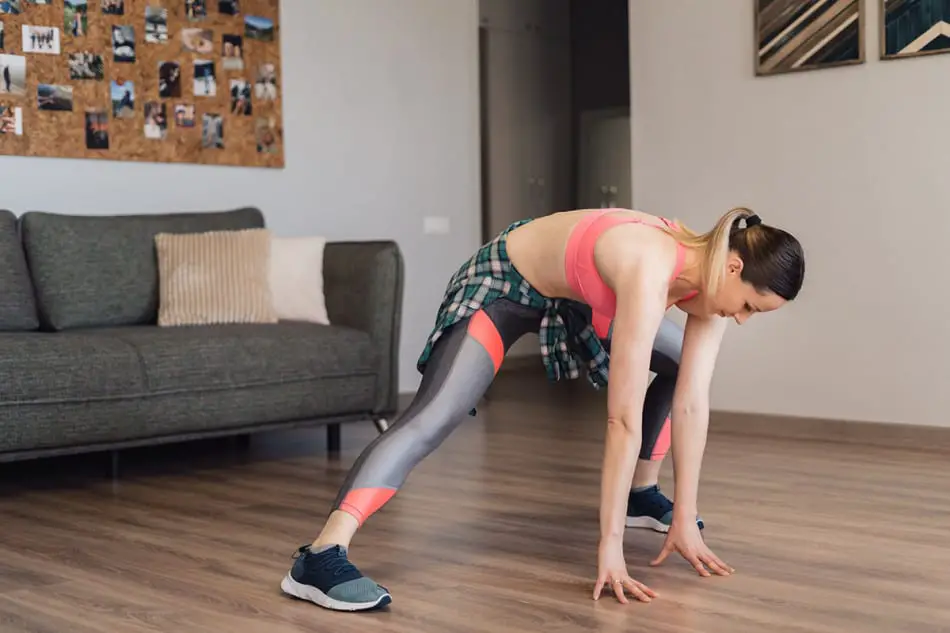
Some pre-dance warm-up exercises include:
- Jog or run in the room for about 2 to 4 minutes to elevate your heart rate and increase blood flow to your extremities.
- Lay on your back and stretch out your hamstrings by pulling your knees to touch your chest and returning them to the floor.
- Sit on the floor and stretch your legs out. Then try to touch your toes with your fingers. This exercise might be a bit hard for first-timers, but not to worry, constantly doing it will loosen up those leg and calf muscles.
Watch this video by Dancercise on how to do warm-up before dance:
Cooldown and rest up for a few minutes after the warm-up exercises. This step will conserve your energy and restore stamina for when you begin dancing.
7. Observe and Start Mirroring the Moves
Play the video you have picked and observe how the instructor completes each move. Be sure to watch each video at least twice to get acclimated to it before you start mirroring the moves.
Begin to mirror the instructor carefully, performing each step as identical to the instructor as possible. Watch the angles from which the instructor is moving to help you execute those same moves to perfection.
If you’re learning a routine, be sure to break it down into segments before attempting to learn it. Begin from the top of the first set of movements, and when you’ve comfortably mastered it, you can proceed to the next segment.
Practice, practice, practice, repeat, repeat, repeat. Practice makes perfect, and the same is valid for dancing as well.
Why Learning To Dance on Your Own Might Be Beneficial
Right about now, you might be wondering if self-teaching yourself to dance is the right way to go.
Chances are you are already asking yourself, what if you can’t do it as well you would if you paid for dance classes, or what if you slack off with the lessons because “who’s gonna know?”
These questions are all valid points and should be considered before attempting to self-teach yourself dancing, but there are some benefits to learning how to dance on your own. This might be the better option because it comes with many benefits that would suit everyone regardless of who they are or how their schedules may be.
Let’s take a look at these benefits now.
You Learn at Your Pace
Picking up a new hobby and learning it from scratch can be terrifying sometimes, but it can also be fun and liberating. After considering that, it’s easy to see why embarking on the learning process at your own pace is vital for getting the best out of the experience.
Most people who learn to dance through dance classes will probably tell you that however fun and exciting it is to learn with a group of people, it is equally daunting as they all have to share the same dance coach.
The lack of personal attention will leave you on an average learning journey that might not benefit you all that well.
Self-teaching yourself to dance will equip you with the freedom to set your own goals and time limits and enable you to submit to the process without any undue pressures that might disrupt your learning journey.
It Will Help You Blend Dancing Into Your Daily Exercise
Exercise is an essential aspect of our daily routines and should be done regularly to keep us tip-top shape, but how do you manage exercises when you’re not really in control of your schedule?
Some people might like to exercise in the mornings and get on with their day right away, and having to do dance lessons, later on, might be a bit too much.
While self-teaching yourself to dance, you can incorporate your dancing time into your exercise time using the lessons as a form of exercise. You could do both in the mornings and get on with your day or do it whenever you feel convenient for you, giving you complete control over your time.
The Learning Process Can Be Enjoyed as a Hobby
Some people dance as a profession, while others do it as a pastime. Some other people, however, are just born with it. But whatever your intentions are for deciding to learn dancing shouldn’t stop you from enjoying the process.
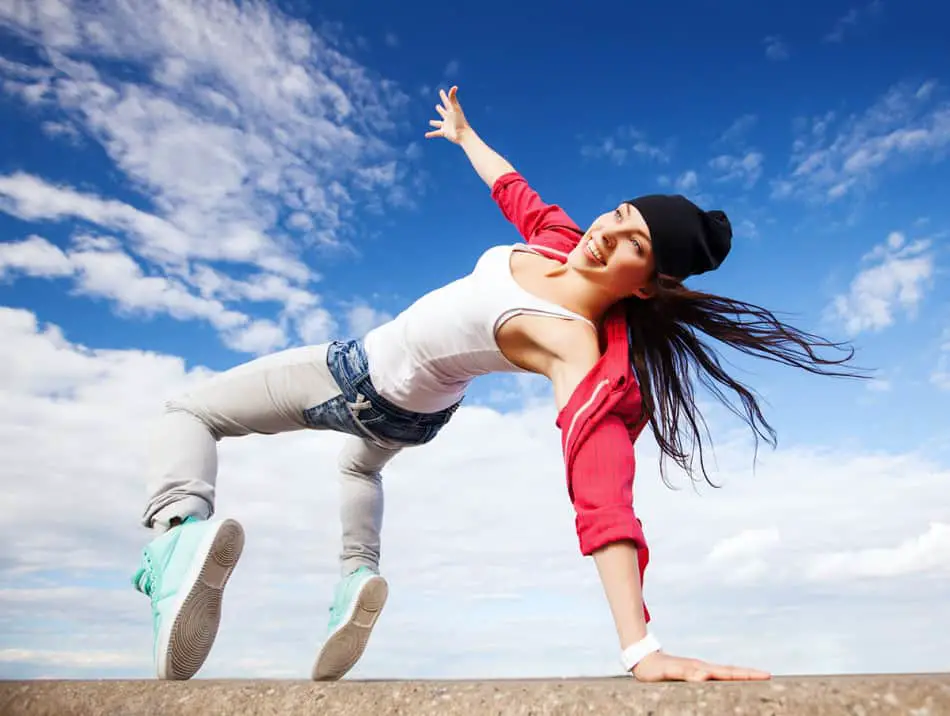
Self-teaching yourself to dance can be a long journey, and your determination to love the process can make it more enjoyable. Making the dancing lessons a hobby might be the learning curve you need to get the best out of the process.
It Could Be the Motivation You Need To Learn Other Hobbies
Never overestimate the power of learning a new hobby or skill from scratch. The level of will and determination it builds is something that will impact you even after you’ve achieved your goal.
The resilience a self-taught process builds is remarkable as you and you alone are in charge of motivating yourself and pushing through the lessons day after day. It is a fun way to build character while learning some neat moves along the way.
Furthermore, your decision to start learning dancing could help motivate a friend, family member, or spouse to join in as well.
Final Thoughts
Learning a skill or hobby can be quite challenging, and doing so from scratch is even more so. But determination and consistency in your practice will surely yield good results. The suitable materials coupled with the right attitude will go a long way, which is just what you should do.
Practicing every day with the right mindset will have you dancing like a young Michael Jackson in no time, and all the time and effort put into it will be worth it in the end. In all, remember to have fun, and you’ll enjoy every moment of it. Enjoy.

